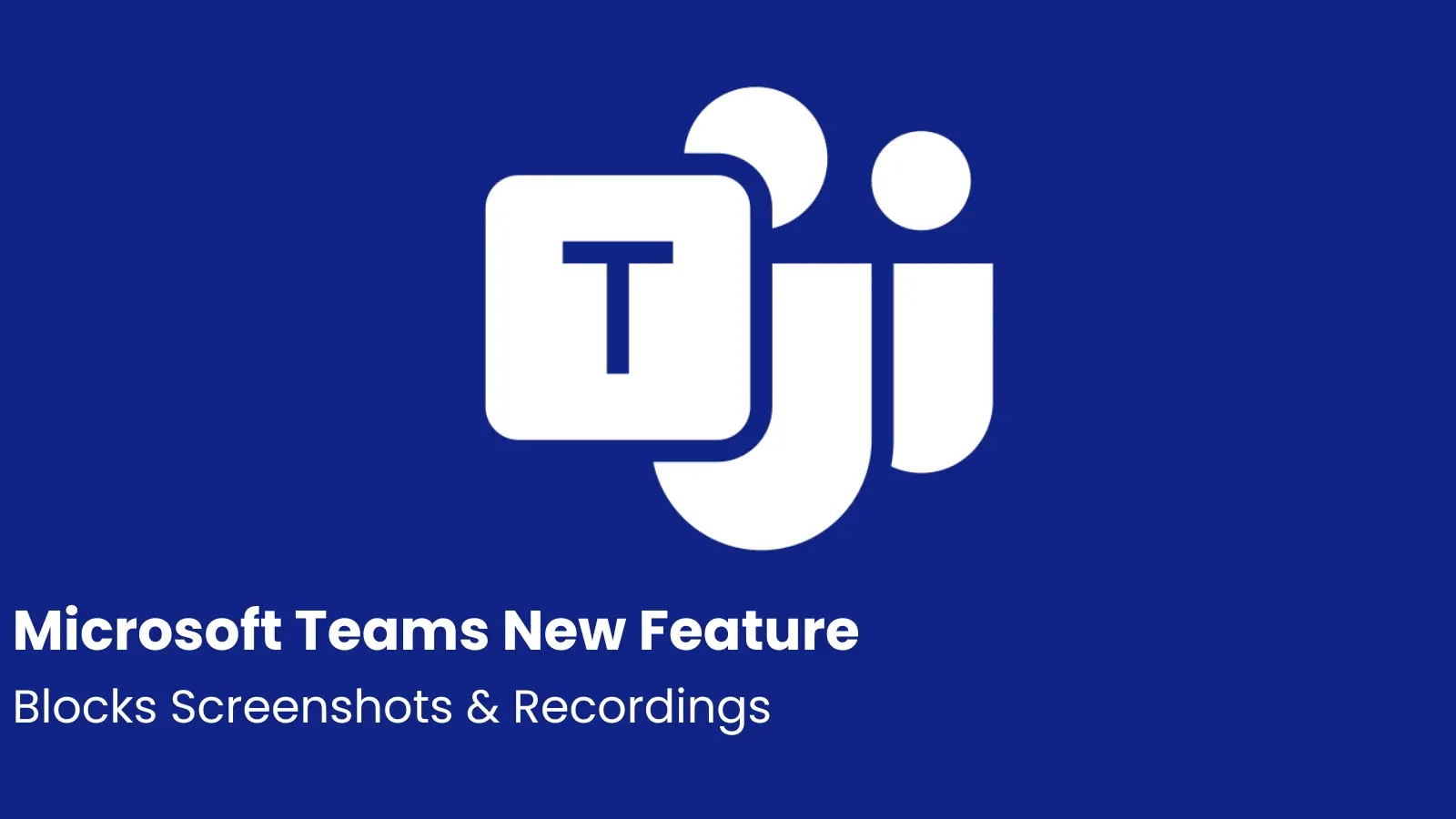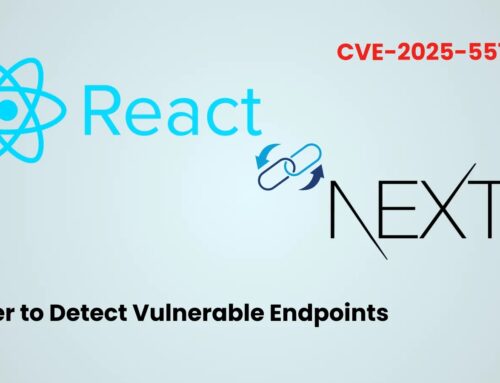
Microsoft Teams New Premium Feature Blocks Screenshots and Recordings During Meeting
In the rapidly evolving landscape of virtual collaboration, safeguarding sensitive information is paramount. As organizations increasingly rely on platforms like Microsoft Teams for critical communications, the risk of data exposure through unauthorized screen captures and recordings has become a significant concern. Microsoft has addressed this vulnerability head-on with a crucial new security feature in Teams Premium.
The Imperative: Why Prevent Screen Capture?
Data breaches, whether accidental or malicious, can have devastating consequences, particularly for industries handling highly confidential information. Sectors such as finance, healthcare, and legal services are under constant scrutiny to protect sensitive client data, intellectual property, and strategic discussions. Traditional security measures often fall short in preventing visual data leakage during virtual meetings. A simple screenshot or a quick recording can circumvent many access controls, leading to compliance violations, reputational damage, and financial penalties.
The introduction of a dedicated feature to block screenshots and recordings directly within Microsoft Teams Premium signifies a proactive approach to mitigating these risks, offering an essential layer of protection for high-stakes virtual interactions.
Microsoft Teams Premium’s “Prevent Screen Capture” Feature
Microsoft has rolled out a powerful new security capability within Teams Premium called “Prevent screen capture.” This feature is specifically designed to enforce a policy that disallows participants from taking screenshots or recording the meeting content. With general availability slated worldwide through late November 2025, this enhancement is poised to become a cornerstone of secure virtual collaboration.
The core functionality of this feature lies in its ability to restrict system-level screen capture tools and recording applications during a meeting. When activated, participants attempting to use screenshot hotkeys (e.g., Print Screen, Windows + Shift + S) or third-party screen recording software will find their efforts blocked or resulted in a black screen for the captured output. This directly addresses the growing concern over insider threats and accidental data exposure during confidential discussions. For more details on this important update, you can refer to the original report: Cyber Security News – Microsoft Teams New Feature.
Impact on Key Industries and Compliance
The “Prevent screen capture” feature has significant implications for industries with stringent regulatory requirements:
- Finance: Protects sensitive financial data, merger and acquisition discussions, and proprietary trading strategies from being leaked. This helps maintain compliance with regulations like GDPR and various financial industry standards.
- Healthcare: Safeguards Protected Health Information (PHI) during virtual consultations and administrative meetings, crucial for HIPAA compliance and patient privacy.
- Legal: Ensures the confidentiality of privileged attorney-client discussions, discovery reviews, and court proceedings, preventing unauthorized disclosure of critical legal documents or strategies.
- Government and Defense: Crucial for maintaining national security by protecting classified information, strategic planning, and intelligence briefings from visual compromise.
By preventing unauthorized visual capture, organizations can strengthen their compliance posture and reduce the risk of costly data breach penalties.
How it Works: A Technical Overview (General)
While the exact technical implementation details are proprietary to Microsoft, the “Prevent screen capture” feature likely leverages a combination of operating system APIs and application-specific controls. When the policy is enforced for a meeting:
- OS-Level Hooks: Teams Premium likely interfaces with underlying operating system APIs (e.g., Windows kernel-level functions or macOS security frameworks) to detect and block common screen capture operations. This might involve intercepting requests from screenshot tools or returning blank image data.
- Application-Level Restrictions: Within the Teams application itself, code would be implemented to prevent its window content from being rendered to recording APIs, or to display a black screen when a recording is initiated.
- Policy Enforcement: This feature is an administrative control, meaning IT administrators or meeting organizers with appropriate permissions can enable this policy for specific meetings or across the organization. This ensures that the protection is applied consistently according to organizational security requirements.
It’s important to note that while highly effective against common methods, no system is entirely foolproof. Highly sophisticated attackers might still find very niche, low-level kernel exploits to bypass such controls, though these are typically not within the scope of everyday data leakage prevention. Such exploits are often cataloged as critical vulnerabilities (e.g., potential CVE-2023-XXXXX for a hypothetical scenario) if discovered in commercial software. While no specific CVE is associated with this new feature’s bypass, organizations should always remain vigilant.
Remediation Actions and Best Practices
While the “Prevent screen capture” feature adds a critical layer of defense, robust cybersecurity always requires a multi-faceted approach. Here are actionable recommendations:
- Enable the Feature: For all sensitive meetings, ensure the “Prevent screen capture” feature is activated within Microsoft Teams Premium. Administrate this through your organization’s Teams admin center.
- User Training: Educate employees on the importance of this feature and why it’s enabled. Reinforce company policies regarding confidential information and the consequences of unauthorized disclosure.
- Least Privilege Access: Only grant meeting organizers the ability to disable this feature if absolutely necessary and with strict justification.
- Endpoint Security: Ensure all devices accessing Teams meetings have up-to-date endpoint detection and response (EDR) solutions and are patched against known vulnerabilities.
- Data Loss Prevention (DLP): Implement comprehensive DLP solutions that monitor and prevent sensitive data from leaving the corporate network through various channels, even if a user attempts to manually transcribe information.
- Physical Security: Remind participants in highly sensitive sessions to be aware of their physical surroundings and who might be able to view their screen from behind.
- Regular Audits: Periodically audit Teams meeting settings and policies to ensure they align with current security requirements and compliance standards.
The Future of Secure Virtual Collaboration
Microsoft’s introduction of the “Prevent screen capture” feature in Teams Premium marks a significant step forward in securing virtual collaboration environments. As remote and hybrid work models become standard, the demand for sophisticated security controls will only increase. This feature empowers organizations to conduct highly sensitive discussions with greater confidence, reducing the pervasive threat of visual data leakage. With its phased global rollout, companies worldwide will soon benefit from this enhanced protection, bolstering their defense against ever-evolving cybersecurity challenges.





